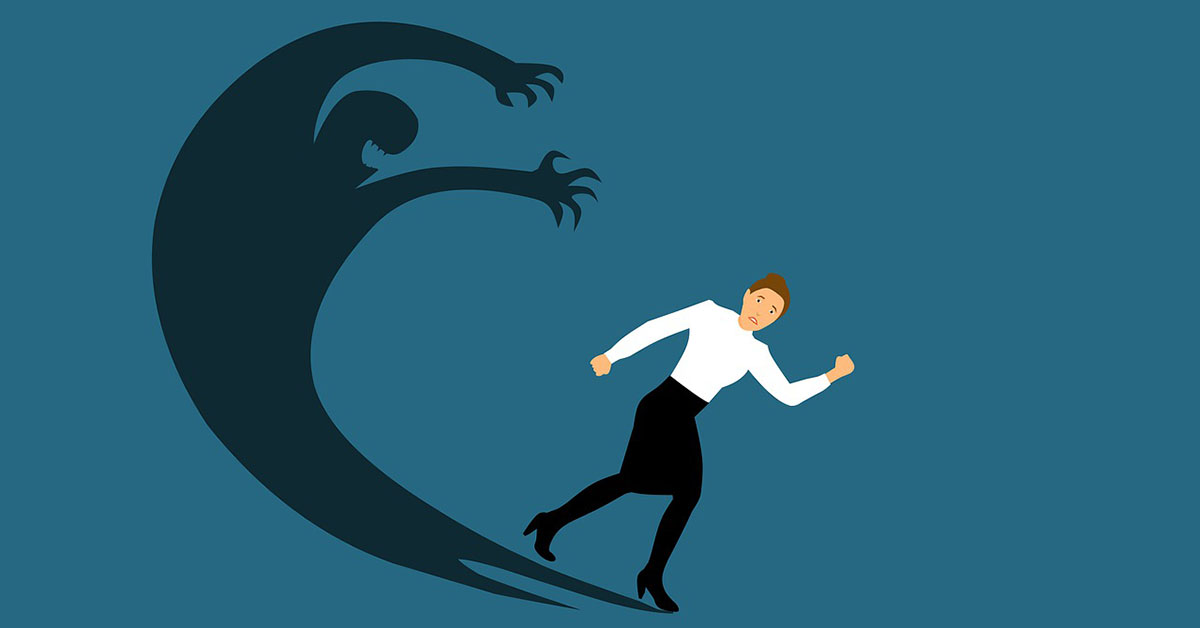It was a late night. You slept like a brick. The drool is pooled on your pillow. Your breath is wafting back into your nostrils. It smells like a small animal has died in your throat. That person sleeping next to you…they say they love you unconditionally, but they haven’t yet smelled what’s coming out of your mouth today.
It’s time to take action. You’re up and out of bed, chugging Listerine, which is crazy because plenty of dentists say that it has drying agents that could actually make your breath worse. But it’s emblazoned into the American psyche that if anything can obliterate that stinky mouth bacteria, it’s the sting of Listerine. You swish until it burns so bad you can’t take it any longer, spit, strike a power pose. You’re ready to face the day.
If dentists don’t necessarily trust Listerine, why do you? It’s called “halitosis appeal.” Listerine, after all, started as a surgical antiseptic that wasn’t exactly flying off the shelf. Then, its creators got smart, dredged up the term “halitosis” (Latin for bad breath), and ran ads with copy like this:
“Don’t fool yourself. Since halitosis never announces itself to the victim, you simply cannot know when you have it.”
And then there was the unvarnished statement, “Halitosis makes you unpopular,” paired with a photo of a lonely, dejected woman sitting alone on a chair while a happy woman beside her (undoubtedly emanating minty breath) dances in the arms of a debonaire man.
And finally, there’s this fear-laced statistic in the ad: “68 hairdressers state that about every third woman, many of them from the wealthy classes, is halitoxic.”
Here’s to shamelessly targeting people with disposable income and spawning a positively insidious new adjective.
Nearly 100 years later, Listerine is still the leading mouthwash, and the “halitosis appeal” is a buzzword in the marketing industry that describes the practice of using fear to sell products.
Listerine isn’t alone in targeting our insecurities. Consider these slogans from leading American brands that capitalize on fear:
- “Raise your hand if you’re sure”—Sure deodorant reminds us of the people we will disgust if we raise our hand to release wafts of B.O. or reveal an ugly, wet circle under our pits.
- “Can you Hear me Now?”—Verizon evokes bad memories of that phone interview that you botched because your carrier kept dropping you.
- “This is your brain on drugs”—this one from the Partnership for a Drug-free America needs no explanation.
- “I can’t believe I ate the whole thing!”—Alka Seltzer takes you back to the night when you downed the entire XL Meat Lover’s pizza…and paid for it.
Masters of emotional response marketing understand their readers’ fears and address them responsibly. The goal is not to deepen worries and insecurities but to help your readers understand their fears and move toward a solution.
What are people afraid of?
My RMBC copywriting course provides a proven strategy for writing killer copy in far less time. The first, and arguably most important, step is the R (research) process, which allows you to hone in on what makes your readers tick. As part of your research, you’ll want to find out what your target audience fears so that you can show how your product or service can help relieve those fears.
If you consider the long list of potential fears and phobias, you might wonder how you can possibly address all of the worries that affect your readers. Karl Albrecht gives you a good start in his notable article in Psychology Today. In this oft-quoted article, Albrecht describes the “Fear-archy” and breaks all human fears into several layers.
- Extinction—the fear of dying. Medications or healthcare products address the fear of extinction. So do safety products.
- Mutilation—fear of having our bodies be encroached upon (as with bugs) or losing the integrity of an organ or body part (due to illness, disease, accident, etc.) Pest control salespeople have this one cornered.
- Loss of autonomy—fear of being restricted (claustrophobia is one manifestation), immobilized, overwhelmed, or controlled (by jobs that are too busy, unhealthy relationships, etc.). Fear of losing money would feed into this one, too.
- Separation—fear of rejection, abandonment, or being unwanted. Think of the Listerine ad with the “halitoxic” woman sitting alone while her friend danced the night away. This captured fear of separation.
- Ego-death—fear of humiliation, shame, or being considered unlovable, incapable, or worthless. Anything from a class to help people improve their public speaking to a recovery center to help people break their cycle of addiction can tie into resolving ego-death fear.
One big mistake that copywriters make is to start writing before they know their target audience—including their fears. Do your research. Find out what part of the “Fear-archy” is holding your readers back. Then, speak to that very real pain point with powerful storytelling and authenticity.
Once you have their attention, direct your audience toward a resolution of their fears. If you keep your hand on the fear button, people will get too discouraged or freaked out to keep reading. Or they may see through your tactics and discredit you as a blatant opportunist.
Tap into fear—not as an end state, but as a touchpoint. We all have fears. Effective copywriters help people identify those fears, then motivate their audience to move beyond them.

0 Comments